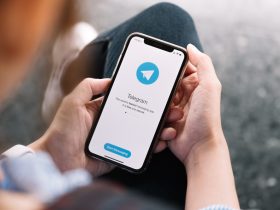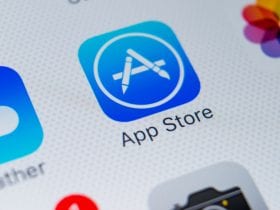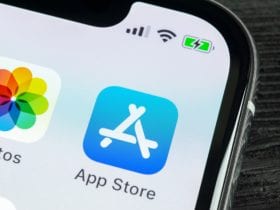The AARP wants consumers using peer-to-peer payment apps on mobile devices to be conscious of possible security risks and the difficulty of recovering money sent in error
The AARP (American Association of Retired Persons) wants consumers using increasingly-popular peer-to-peer (P2P) payment apps on mobile devices to be conscious of possible security risks and the difficulty of recovering money sent in error.
With current stay-at-home orders and social distancing mandates during the coronavirus pandemic, more people are turning to online payments for delivery of groceries, meals, and other necessities, according to release from the AARP.
71% of U.S. adults report using P2P payment platforms like PayPal, Venmo, Zelle, Square, Google Pay and Apple Pay. Among those, users say they sometimes (24%), frequently (35%) or rarely (41%) use the platforms.
The study, conducted by the University of Chicago on behalf of the AARP, surveyed 2,842 adults age 18 or older in all 50 states and was designed to be representative of the U.S. household population. Though people primarily used the apps to send money to friends and family, half reported sending money to people they had never previously done business with.
We know scammers are already capitalizing on anxieties and fears around coronavirus. With so many people at home, consumers should be alert for possible scams on peer-to-peer payment platforms, said Kathy Stokes, AARP Director of Fraud Prevention Programs. It is crucial for people to know how these platforms work and sending money to someone you don’t know presents significant risk.
According to a Consumer Reports study, top mobile payment apps use encryption features that make them “generally safe.” But there are caveats.
Peer-to-peer apps aren’t covered by chargeback legislation that allows credit card customers to reverse charges due to fraud or disputes over services rendered.
According to Consumer Reports, app users “may not know they can’t necessarily reverse such payments. Nor do they know that in most cases, providers won’t help if the recipient refuses to return the misdirected funds.”
In addition, the study found many mobile payment apps “require no password, PIN, or fingerprint for repeat access to the app or to initiate a transaction when their default security settings are in place. Only one provider, Apple, requires users to confirm a payment before it is sent.”
Using two-factor authentication settings on phones can limit risk. Without such features, a consumer who loses a mobile phone may as well be losing their credit card.
Furthermore, consumers should not add account information to their phones while on shared mobile networks.
Lastly, consumers should double- and triple-check recipient information before hitting the “Send payment” button.










Leave a Reply